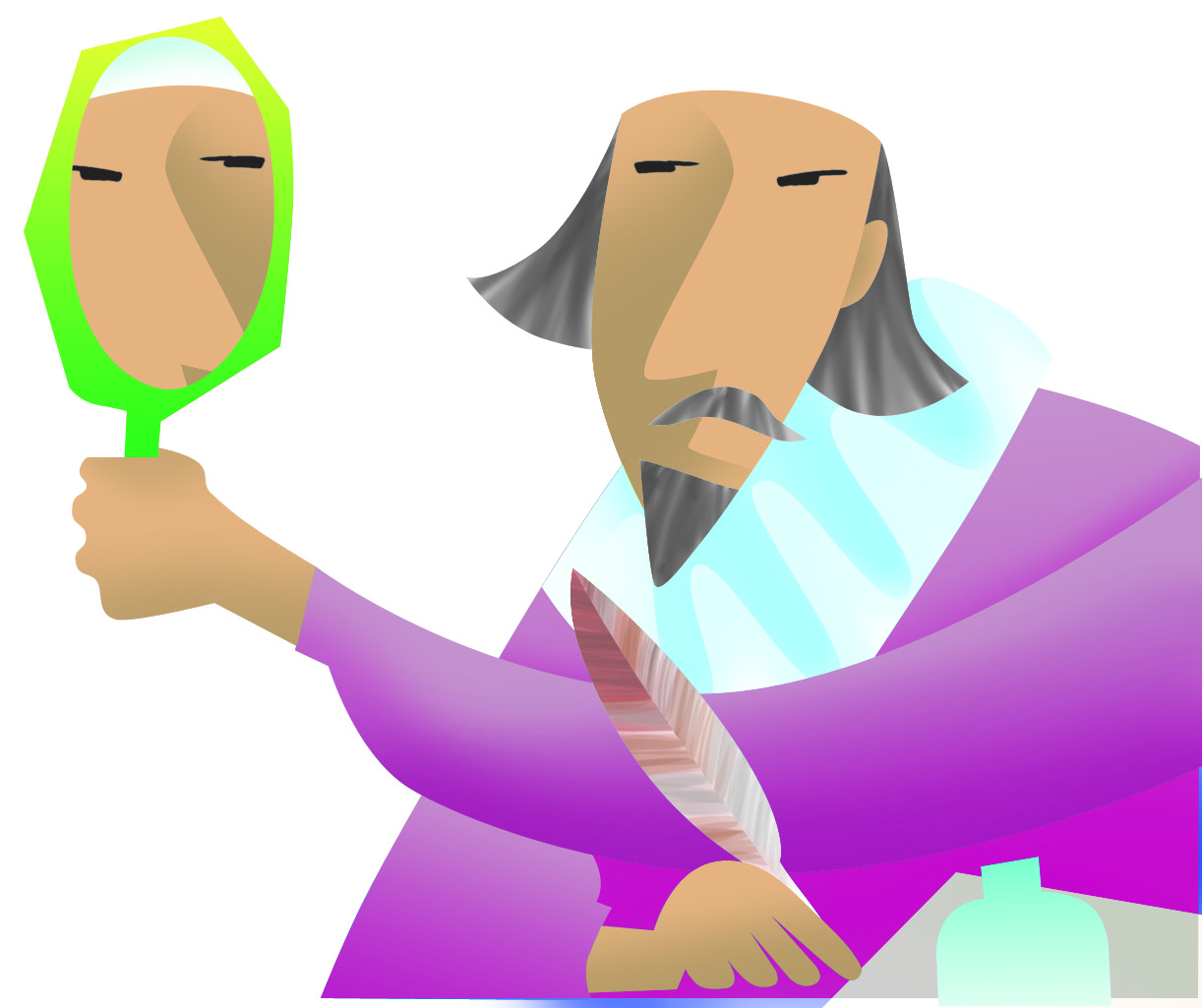Warm-Up for Analyzing Literature
You arrive at the lunch table only to discover that your friends are chattering excitedly about something that happened in class. You, of course, want "the full story": Who was involved? What happened? Where and when? Why did it happen? How?
Every story, whether told around the lunch table or written in a work of literature, contains those basic elements:
- Who was involved refers to characters.
- What happened refers to plot.
- Where and when refers to setting.
- Why it happened refers to conflict.
- How it happened refers to action, dialogue, and description.
Readers want to know these same details when they read a piece of literature. When you write a literary analysis, you can focus on one or more of these story elements.
What Is a Literary Analysis?
Listen to "What Is a Literary Analysis?"
Hide audio

A literary analysis is a response to literature that closely examines a story or novel, focusing on one or more of the major elements of literature. A successful analysis does more than simply report on or review the work. It digs in, thoughtfully exploring the ideas and situations, inferring larger meaning that connects beyond the story.
In this unit, you will write a literary analysis that explores character, plot, setting, conflict, or another main component of a work of literature. You might even consider more than one element, such as how a symbol or other literary device reveals theme.
Thinking About Plot
Plot refers to the sequence of events that makes up the story. However, an effective plot is much more than simply a string of events. If you ask a friend about his morning, you'd be bored by a response like this:
I woke up and then I used the bathroom and brushed my teeth and then took a shower and got dressed. Afterward, I ate some breakfast and then I got on the bus and then got off the bus and then got to school and then went to my locker . . .
What's the point? However, if you asked a friend about his morning, you'd be interested in a response like this:
I woke up with this pit in my stomach. I knew something terrible was going to happen before I even got to school. Brushed my teeth, showered—so far, everything was fine, but my stomach got worse. I thought I was getting sick and should stay home. I should have. Instead, I got on the bus. Big mistake. We were just three blocks from the school when . . .
In the second story, events build in suspense. You know something bad is about to happen. As the story goes on, you want to find out what it is. That's plot, a series of events that build in interest and tension toward a climactic moment. Study the plot line below:

A plot has five basic parts:
- Exposition introduces the characters, setting, and conflict.
- Rising action is the sequence of events that requires the characters to face the conflict, with heightening stakes and suspense.
- Climax is the moment of truth, when the characters face the conflict head on and either overcome it or are overcome by it.
- Falling action refers to the events after the conflict.
- Resolution reveals how the characters live after the events of the story.
You can explore these parts of stories by charting an interesting event in your own life using a plot line.
Plot an event from your own life.
Think of an interesting experience that you had. Fill out a plot line to report the key details of it. Exposition should tell who was there and when and tell what was going on. Rising action should give a sequence of events that become more interesting. Climax should reveal the high point. Falling action should tell what happened afterward, and resolution should reveal how you ended up. Make a copy of this Google doc or download a Word template.
Teaching Tip
Help students see that a story is about a central problem or conflict. The characters confront it at the beginning and continually must face it with rising consequences throughout the story. The climactic moment brings the characters in direct conflict with the problem and decides whether they prevail or not. Also, help students realize that novels can contain multiple plot lines that interweave and intersect.